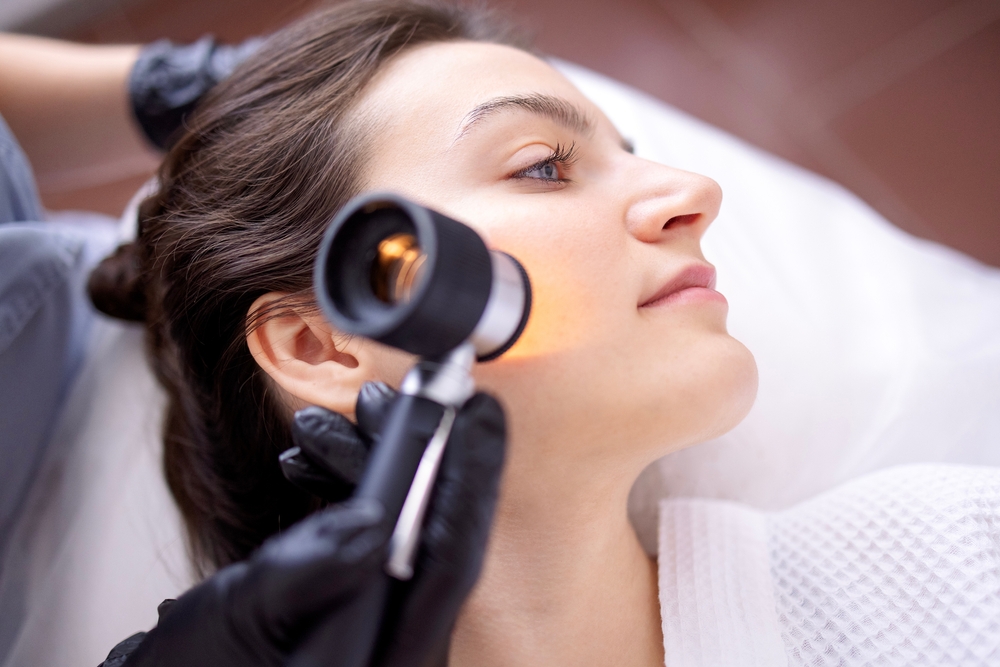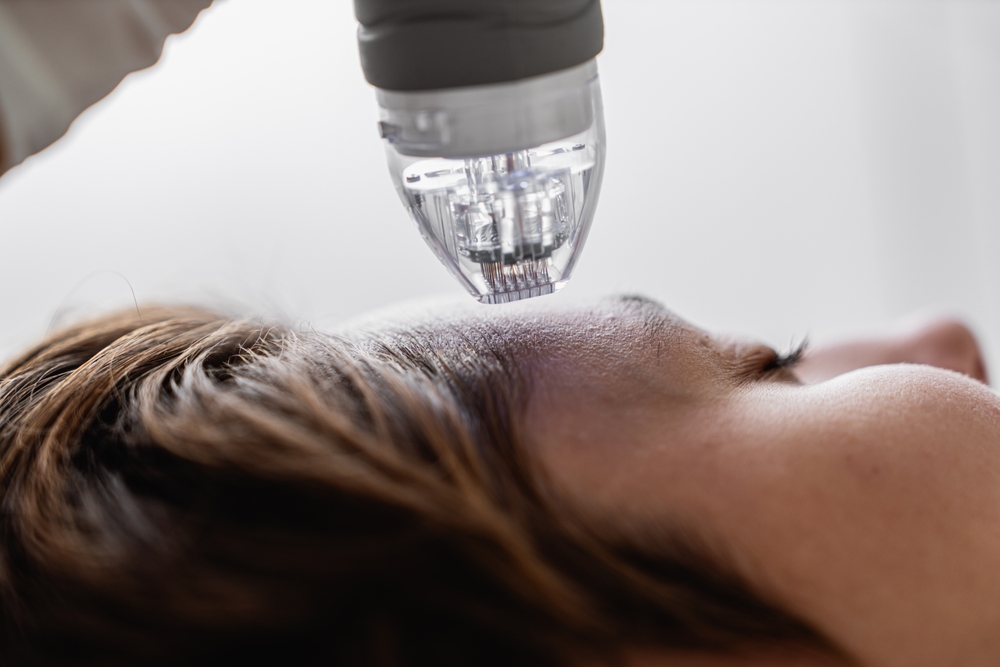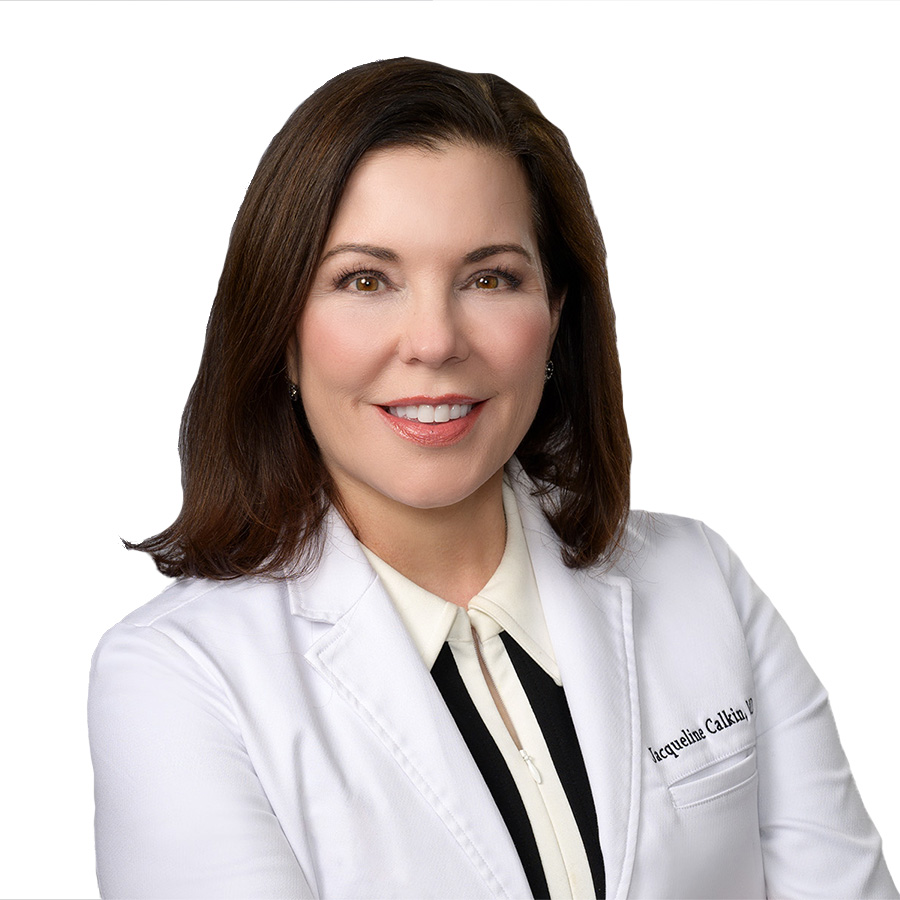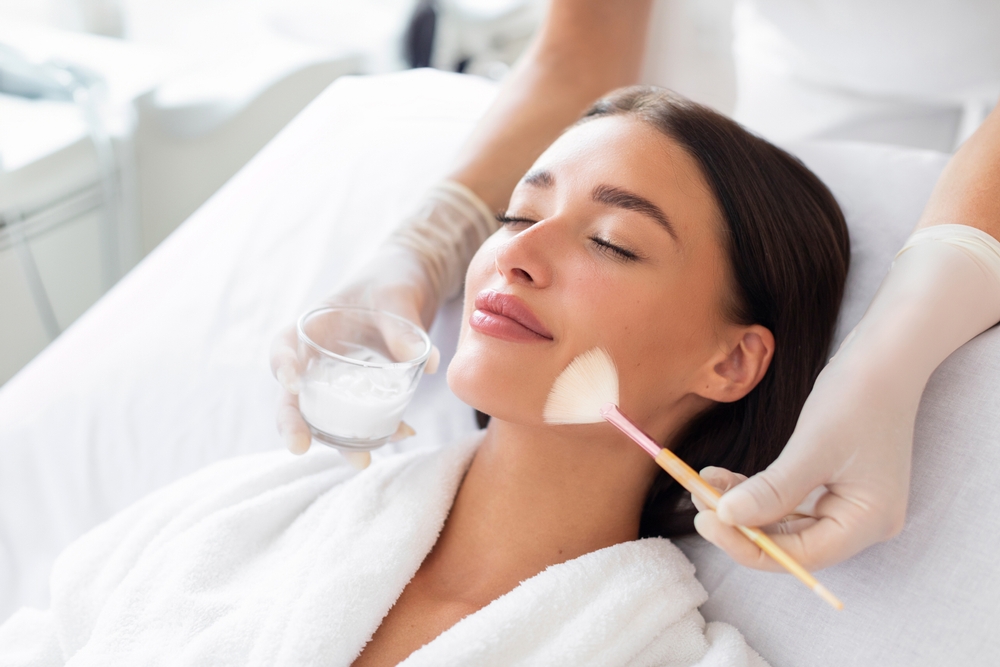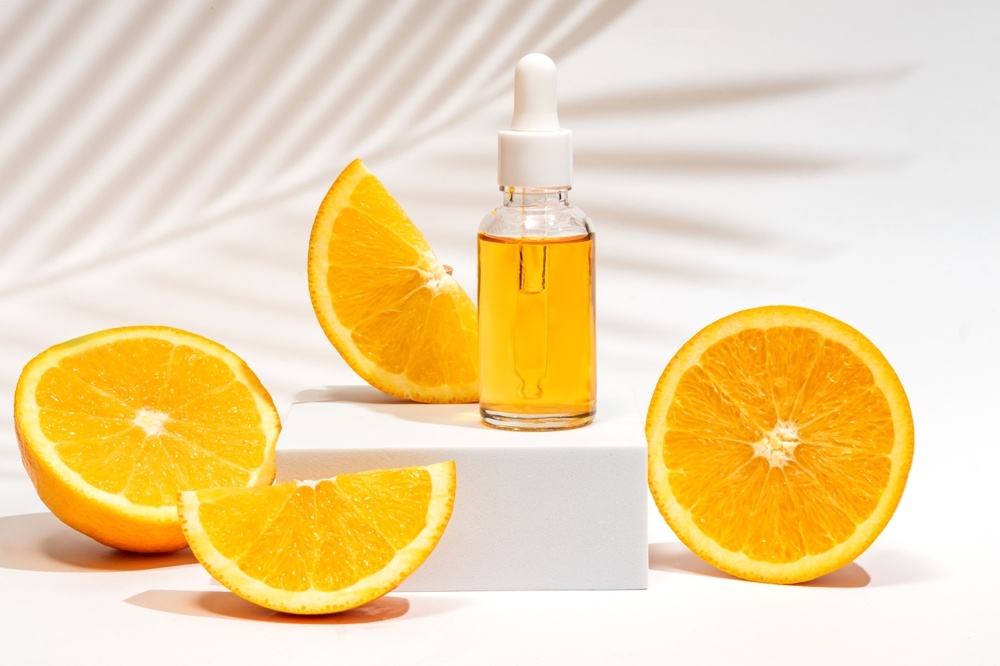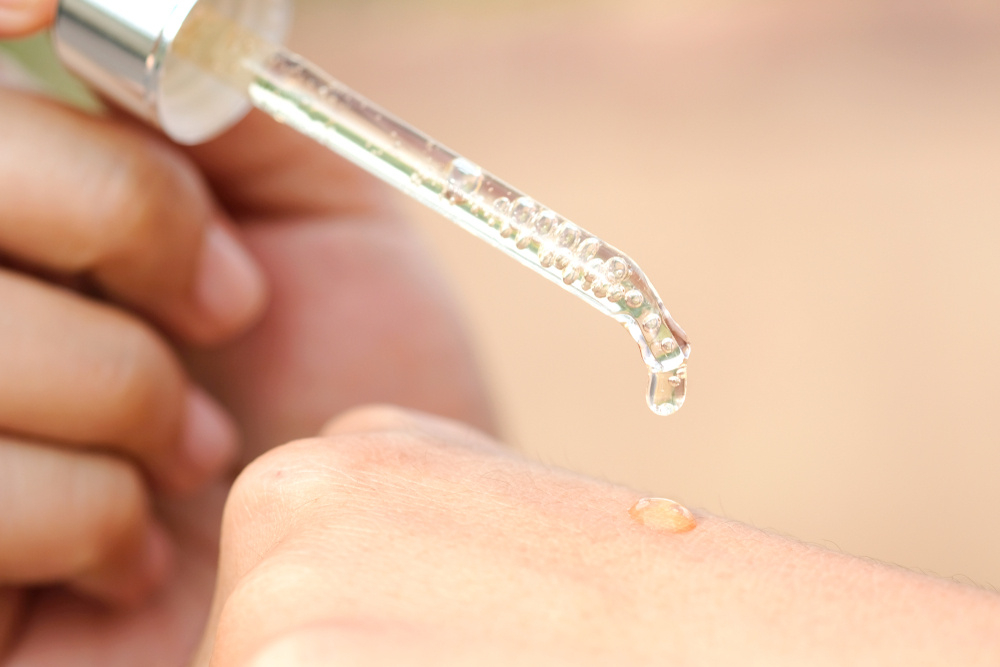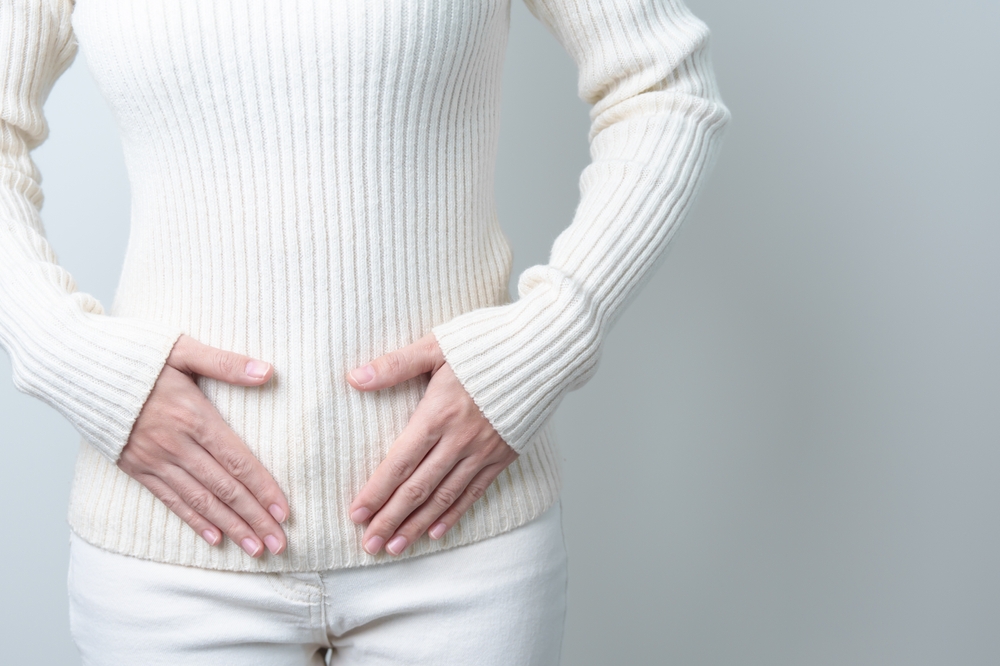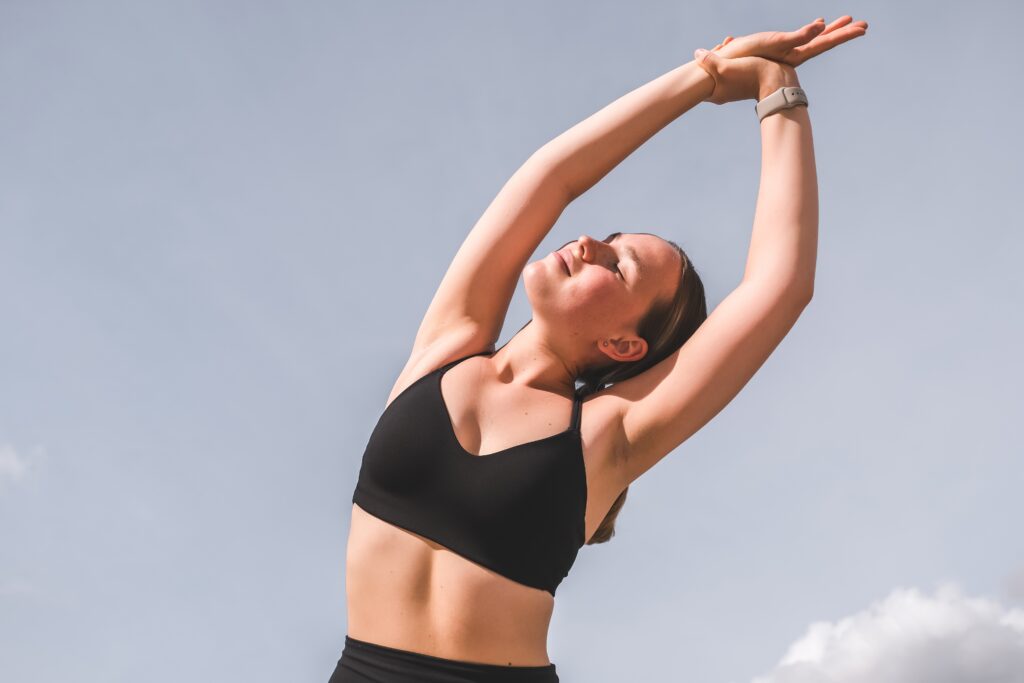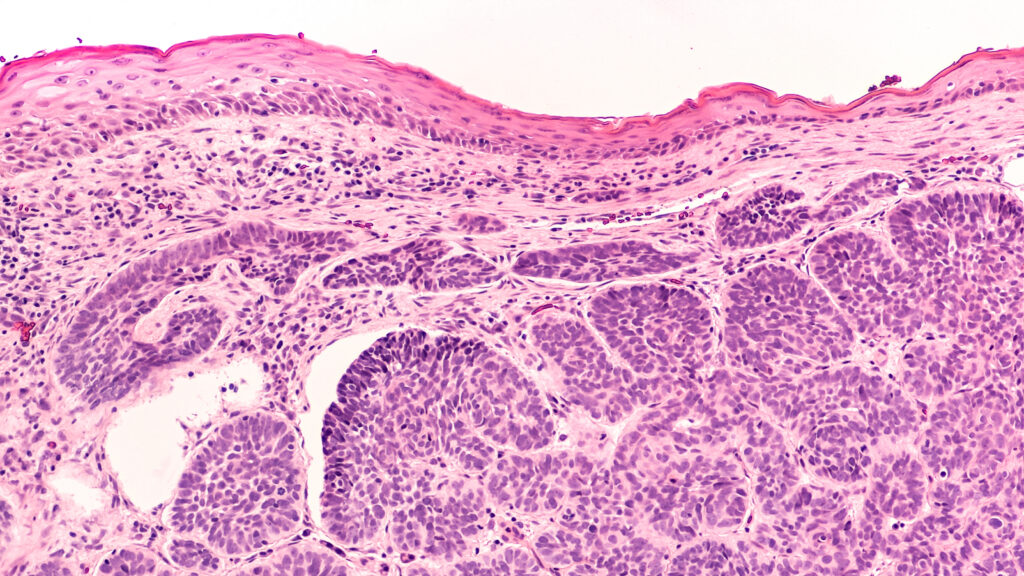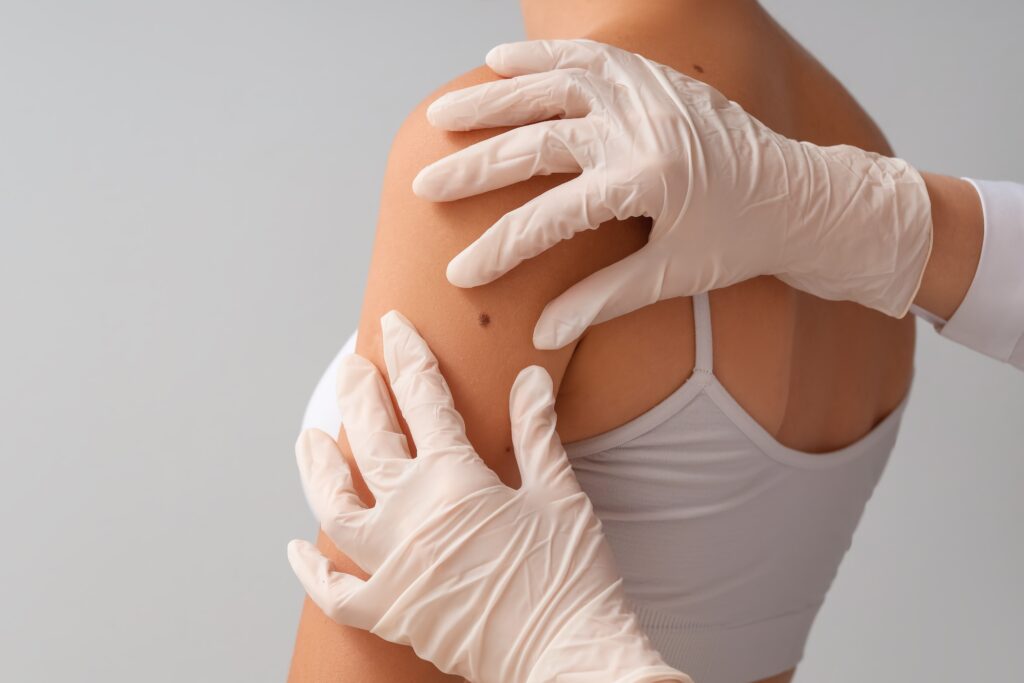Heading 2
Lorem ipsum dolor sit amet, consectetur adipisicing elit. Nostrum minus ea suscipit porro alias corporis libero at. Perferendis omnis, veniam nemo beatae vel? Tempora numquam a repellat eaque natus, magnam?
Heading 2
Lorem ipsum dolor sit amet, consectetur adipisicing elit. Autem ipsum mollitia neque, illum illo excepturi, eum incidunt fugit nostrum est, voluptate eaque minima corporis debitis at, dolores ipsam. Quaerat, dolores.
Heading 2
Lorem ipsum dolor sit amet, consectetur adipisicing elit. Autem ipsum mollitia neque, illum illo excepturi, eum incidunt fugit nostrum est, voluptate eaque minima corporis debitis at, dolores ipsam. Quaerat, dolores.
Heading 2
Lorem ipsum dolor sit amet, consectetur adipisicing elit. Autem ipsum mollitia neque, illum illo excepturi, eum incidunt fugit nostrum est, voluptate eaque minima corporis debitis at, dolores ipsam. Quaerat, dolores.
Heading 2
Lorem ipsum dolor sit amet, consectetur adipisicing elit. Autem ipsum mollitia neque, illum illo excepturi, eum incidunt fugit nostrum est, voluptate eaque minima corporis debitis at, dolores ipsam. Quaerat, dolores.
Skin cancer remains one of the most common forms of cancer in the United States, affecting millions of Americans each year. Early detection is crucial for successful treatment, making it essential to recognize the warning signs that might indicate a potentially dangerous skin condition.
Understanding what to look for could literally save your life or the life of someone you care about. Let’s explore the critical signs of skin cancer you should never ignore and when it’s time to consult with a dermatology provider at Calkin & Boudreaux.
What Is Skin Cancer?
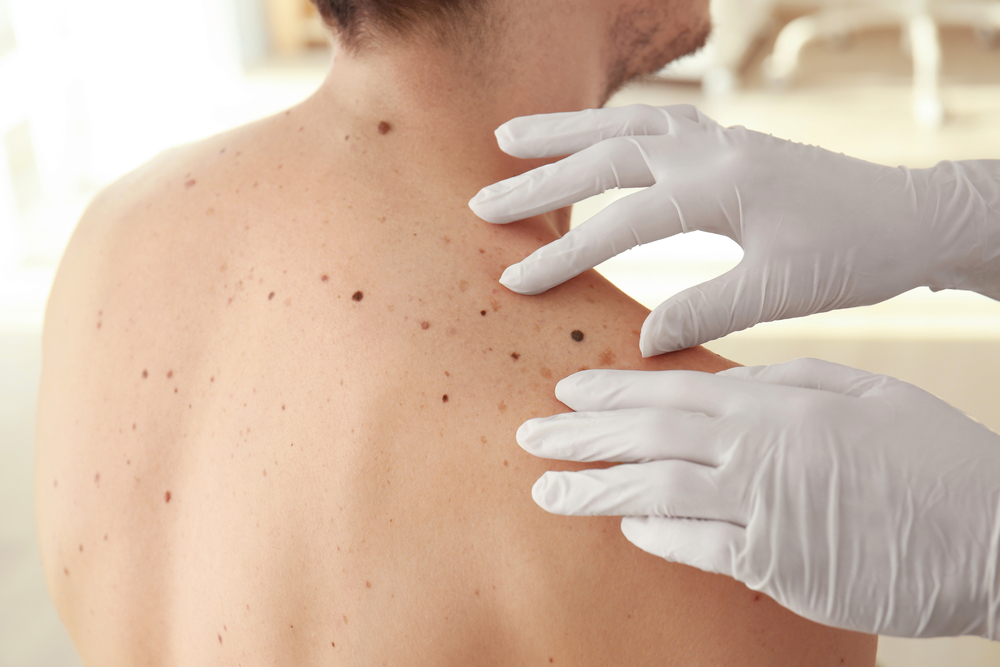
Skin cancer develops when skin cells begin to grow abnormally, typically due to damage from ultraviolet (UV) radiation from the sun or tanning beds. These abnormal cells multiply rapidly and can form malignant tumors that may spread to other parts of the body if left untreated.
There are several types of skin cancer, with basal cell carcinoma, squamous cell carcinoma, and melanoma being the most common. Each type presents differently and requires specific approaches to treatment.
Dr. Hovik Ashchyan, a Mohs surgeon at Golden State Dermatology, emphasizes the importance of understanding skin cancer’s prevalence:
“Skin cancer is not only the most common type of cancer but also one of the most preventable and treatable when caught early. Many patients are surprised to learn that more than one in five Americans will develop skin cancer in their lifetime. This statistic underscores why regular skin checks and prompt attention to changing skin lesions are critical components of maintaining your overall health and well-being.”
The ABCDE Rule for Melanoma Detection
Melanoma is often considered the most dangerous form of skin cancer due to its ability to spread rapidly to other parts of the body. The ABCDE rule provides a simple framework for identifying suspicious moles or lesions that might indicate melanoma.
This handy acronym helps you remember the key characteristics to watch for when examining your skin. Understanding these signs can help you determine when it’s time to seek professional evaluation.
Asymmetry
Asymmetry refers to when one half of a mole or spot doesn’t match the other half in size, shape, or color. Healthy moles tend to be symmetrical, with both sides looking relatively similar.
If you notice a mole or skin lesion with an irregular shape where one side differs significantly from the other, this could be a warning sign that warrants closer examination by a dermatology provider. Take note of any spots that seem uneven or lopsided.
Border Irregularity
Benign moles typically have smooth, even borders that are clearly defined. Irregular, notched, or scalloped edges on a mole or skin growth could indicate potential skin cancer.
Pay special attention to spots with blurry or jagged borders that seem to fade into the surrounding skin rather than having clear boundaries. These irregular borders are often an early indication of melanoma development.
Color Variation
Healthy moles usually have a uniform color throughout, whether brown, tan, or another shade. Multiple colors or uneven distribution of color within a single mole can be concerning.
Look for spots that contain multiple shades of brown, black, red, white, blue, or pink, as this variation could signal cancerous changes occurring within the skin cells. Color changes in existing moles should also prompt a professional evaluation.
Diameter
Most benign moles are smaller than 6 millimeters in diameter (approximately the size of a pencil eraser). Larger spots, especially those that continue to grow, warrant closer attention.
While size alone doesn’t determine whether a mole is cancerous, melanomas often grow larger than benign moles. Monitor any spot that exceeds this size threshold or a smaller mole that begins growing rapidly.
Evolution
Perhaps the most important factor to consider is change over time in any skin lesion. Any noticeable evolution in a mole’s size, shape, color, elevation, or symptoms like itching, tenderness, or bleeding should raise concerns.
Payal Pardiwala, FNP-C at Golden State Dermatology in Modesto, points out the significance of monitoring skin changes:
“When patients ask me what the single most important sign of skin cancer is, I always emphasize evolution or change. A mole or skin lesion that changes in appearance over weeks or months deserves immediate attention. This could mean growth in size, darkening in color, development of an irregular border, or new symptoms like pain or a non-healing lesion, bleeding, itching, or crusting. While these changes don’t always indicate cancer, they should never be ignored, as early intervention dramatically improves treatment outcomes.”
Risk Factors for Skin Cancer
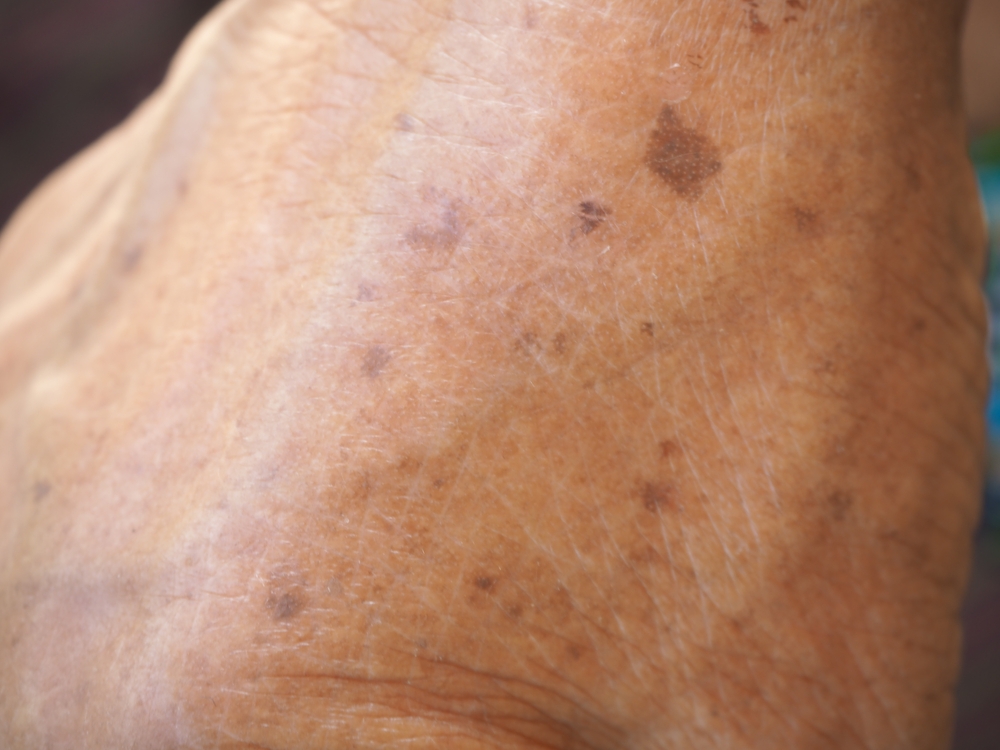
Understanding your personal risk factors can help you determine how vigilant you should be about skin checks. Certain genetic and lifestyle factors can significantly increase your susceptibility to developing skin cancer.
Your doctor at Calkin & Boudreaux can help assess your individual risk profile and recommend an appropriate screening schedule. Being proactive based on your risk level is an essential part of prevention.
When to Make a Dermatology Appointment
If you notice any of the warning signs discussed above, don’t delay seeking professional evaluation. Early detection significantly improves treatment outcomes for all types of skin cancer.
Regular skin examinations by a qualified dermatology provider are recommended for high-risk individuals. Your doctor at Calkin & Boudreaux can provide guidelines based on your personal risk factors.
Schedule Your Skin Check Today
Early detection of skin cancer dramatically increases treatment success rates and reduces the need for extensive interventions. Don’t hesitate to have suspicious skin changes evaluated promptly by an experienced professional.
If you have questions about your skin, schedule an appointment at Calkin & Boudreaux today!

